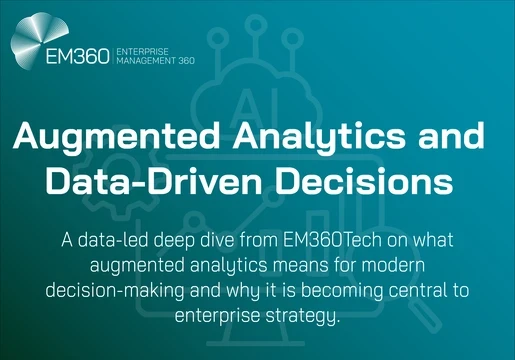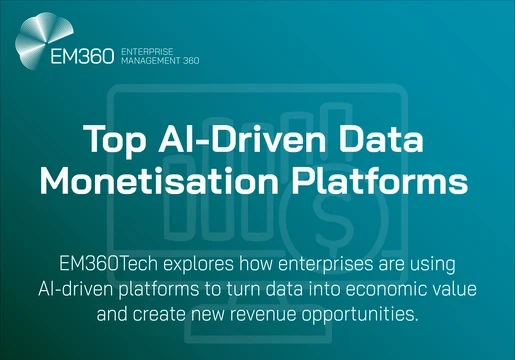In today's world, driven by technology, businesses have evolved further and do not want to analyze data from the past. Everything from e-commerce websites providing real-time suggestions to banks verifying transactions in under a second, everything is now done in a matter of seconds. Why has this change taken place? The modern age of data engineering involves software development, data architecture, and cloud infrastructure on a scalable level. It empowers organizations to convert massive, fast-moving data streams into real-time insights.

From Batch to Real-Time: A Shift in Data Mindset
Traditional data systems relied on batch processing, in which data was collected and analyzed after certain periods of time. This led to lagging behind in a fast-paced world, as insights would be outdated and accuracy would be questionable. Ultra-fast streaming technologies such as Apache Kafka, Apache Flink, and Spark Streaming now enable engineers to create pipelines that help ingest, clean, and deliver insights in an instant. This modern-day engineering technique shifts the paradigm of outdated processes and is crucial for fast-paced companies in logistics, e-commerce, relevancy, and fintech.
Building Resilient, Scalable Data Pipelines
Modern data engineering focuses on the construction of thoroughly monitored, fault-tolerant data pipelines. These pipelines are capable of scaling effortlessly to higher volumes of data and are built to accommodate schema changes, data anomalies, and unexpected traffic spikes. Cloud-native tools like AWS Glue and Google Cloud Dataflow with Snowflake Data Sharing enable data sharing and integration scaling without limits across platforms. These tools make it possible to create unified data flows that power dashboards, alerts, and machine learning models instantaneously.
Role of Data Engineering in Real-Time Analytics
Here is where these Data Engineering Services make a difference. At this point, companies providing these services possess considerable technical expertise and can assist an organization in designing modern data architectures in modern frameworks aligned with their business objectives. From establishing real-time ETL pipelines to infrastructure handling, these services guarantee that your data stack is efficient and flexible in terms of cost. Companies can now direct their attention to new ideas and creativity rather than the endless cycle of data management patterns.
Data Quality, Observability, and Trust
Real-time decision-making depends on the quality of the data that powers it. Modern data engineering integrates practices like data observability, automated anomaly detection, and lineage tracking. These ensure that data within the systems is clean and consistent and can be traced. With tools like Great Expectations, Monte Carlo, and dbt, engineers can set up proactive alerts and validations to mitigate issues that could affect economic outcomes. This trust in data quality enables timely, precise, and reliable decisions.
The Power of Cloud-Native Architecture
Modern data engineering encompasses AWS, Azure, and Google Cloud. They provide serverless processing, autoscaling, real-time analytics tools, and other services that reduce infrastructure expenditure. Cloud-native services allow companies to perform data processing, as well as querying, on exceptionally large datasets instantly. For example, with Lambda functions, data can be transformed. With BigQuery, it can be analyzed in real-time. This allows rapid innovation, swift implementation, and significant long-term cost savings.
Strategic Impact: Driving Business Growth
Real-time data systems are providing organizations with tangible benefits such as customer engagement, operational efficiency, risk mitigation, and faster innovation cycles. To achieve these objectives, many enterprises now opt for data strategy consulting, which aligns their data initiatives to the broader business objectives. These consulting firms enable organizations to define the right KPIs, select appropriate tools, and develop a long-term roadmap to achieve desired levels of data maturity. By this, organizations can now make smarter, faster, and more confident decisions.
Conclusion
Investing in modern data engineering is more than an upgrade of technology — it's a shift towards a strategic approach of enabling agility in business processes. With the adoption of scalable architectures, stream processing, and expert services, the true value of organizational data can be attained. This ensures that whether it is customer behavior tracking, operational optimization, or trend prediction, data engineering places you a step ahead of changes before they happen, instead of just reacting to changes.







Comments ( 0 )